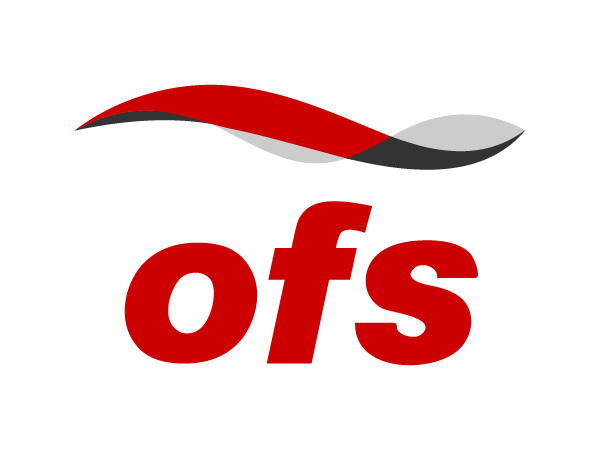
OFS | Your WINDPOWER Optical
Fiber Solutions Partner
The inquiry arrived through our sales guy on the west coast. A simple request with little detail and no hint at what the future would bear.
“The customer is thinking about using fiber optics as a data link and they don’t have complete control over the operating environment. Can we help them out?”
“Well, we may have a solution but we’ll need to know a bit more about the application before we can make any recommendations. Can you describe the operating conditions with more detail?”
“Sure. They’re hoping to string some fiber optic cables from a gearbox to a control panel. The runs are about two-hundred feet and the temperature can fluctuate between -30˚F and + 140˚F. They also need to deal with periodic wind and ice loads. Data rates are low, kilo-bauds. They’re worried the glass will break”
“How are they handling these short links now? Why do they need optical fiber?”
“They’re using copper control cables but every time lightning strikes the towers they blow out their electronics.”
“Towers, what kind of towers?”
“Get this, Wind towers.”
That first call came in 1988 and, obvious connections to tales of Don Quixote aside, we took the call seriously
In the end we provided an elegant, field installable solution, grounded in our breakthrough HCS fiber optic technology, coupled with rugged cable design and complemented with crimp & cleave, a connector solution that remains a strong part of our offer today. This simple solution, adopted worldwide, provides a great example of how Application Specific Optical Fibers (ASOF’s) are practical problem solvers.
Today, most utility-scale wind towers link turbines with controls through optical fiber. This approach scales well as next generation turbines grow in power generation through height, sophistication, and improved efficiency. Borrowing Ethernet from the datacom world, modern fiber optic solutions enable faster data transfer while helping drive down capital costs for wind power. Still, the harsh environments found in and around wind towers make selection of the right optical fiber critically important. To match the trend toward Ethernet-based communication within the towers we offer GiHCS™, coupling support of today’s high data rates with the mechanical characteristics of traditional HCS. A win-win for turbine designers and cable installers.
In the tower and to the tower, fiber optics are now found everywhere on wind farms. It may interest you to know that, in addition to providing a data path from the turbine to its control panel, ASOF’s made their way into Supervisory Control and Data Acquisition (SCADA) networks, structural health monitoring of the towers, environmental sensing within the rotor blades and numerous other sensing applications within the generator itself.
To learn more about fiber optics in Wind Power, please drop by booth 1100 at CanWEA, The Annual Canadian Wind Energy Association Annual Conference and Exhibition, October 14-17, Toronto, Canada.
Written by,
Mike Hines

